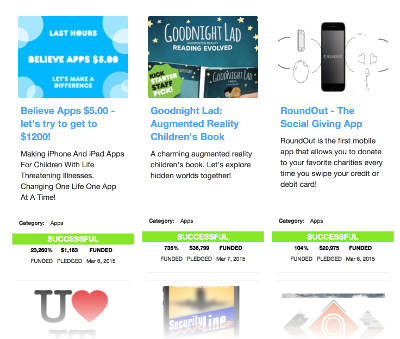
I’m writing this in the hope it might help software developers who are thinking of ditching the day job – especially people facing layoffs because of Covid-19.
Up until a decade ago I was a regular IT contractor. I told myself I was running my own business, but I had to get up the same time every workday, turn up to the office, fit in, work the hours. Just like any employee. Don’t get me wrong, I was a good contractor, and still have friends from that time, people I worked with and contract agents I got to know. But it wasn’t really what I wanted.
My dream was to start my own IT company because I wanted more control of my time. If I wanted to attend my kid’s sports game, or spend the day down the beach, or help my wife out with the shopping, I didn’t want to have to ask someone for permission. But I didn’t know how.
Then I saw an advertisement in the paper, someone asking for work from home IT people. Seemed too good to be true, right, like some kind of work from home scam. The guy I met wore sunglasses the whole time. But I was so desperate to try something new, I decided to give it a go.
The offer, to my surprise, was genuine. So I started working from home, for a good commercial rate, writing mobile app software.
But in a sense this was still just a job, although a job with an awesome work environment. So I needed to find a way to get my own business, independently of my business associate.
My wife came to my rescue – she used to be a sales trainer. Her advice “You have to network”.
Find free meet-ups of business people, introduce yourself to everyone, ask about their business, ask what they think of mobile apps.
If they say “I’ve been thinking of writing a mobile app…” BINGO, new potential client. Ask them if they are free next Tuesday, “I’d like to discuss that further, are you free next Tuesday morning at 10am at your office?”, make an appointment, polite “see you then”, move on to the next prospect.
In the meeting, open questions, sales 101 – When, what, who, why, how. Answer any objections, ask what do you think, if they have a budget and run out of reasons to say no, the business is yours. Don’t be pushy, this isn’t some kind of hard sell, the meeting is a discovery, to work out whether you can help the person you are meeting, and whether they can pay you for that help.
Obviously during Covid going out and meeting people is not as simple as it once was. In person works best, but you can also look for meet-up groups which have gone online, providing you can have one on one conversations with participants. Or if your area is safe, you may still be able to find and attend in-person meetings.
I’m still involved in business with the very first person I met, but I have met other business people along the way, some of whom have grown, and provided a lot of work over the years.
The funny thing about small businesses if they get high quality help with their software, sometimes they develop into big businesses. And they remember who helped them achieve that success – providing you keep up the quality, they know where to go when they need a software enhancement. Eventually you hardly have to look for new business at all, you’re too busy helping existing clients.
You don’t have to give up your day job to get started. At the time I got started, I was between contracts. But this is something you can start on the side, providing you can take the occasional morning or afternoon off to attend business meetings. You will know the right time to ditch the day job; when it gets in the way of making money.
Stay safe, and I hope this helps.






